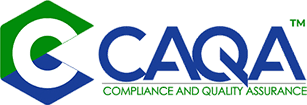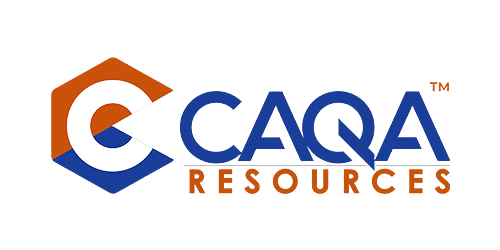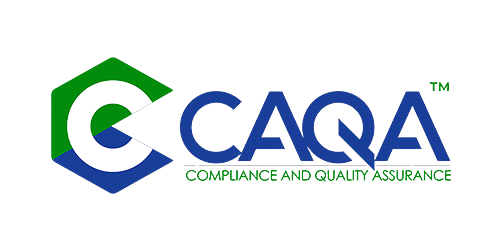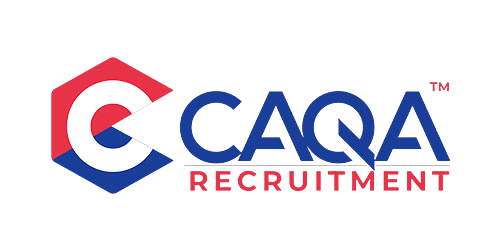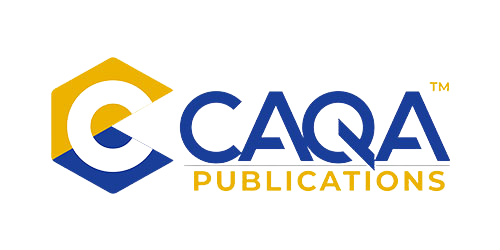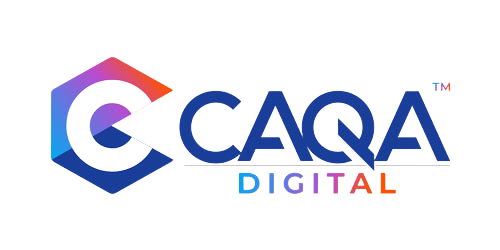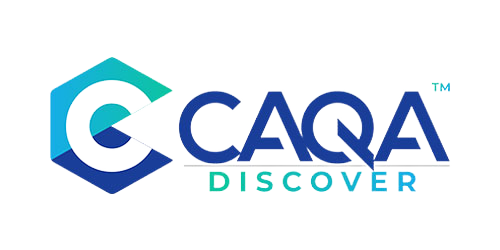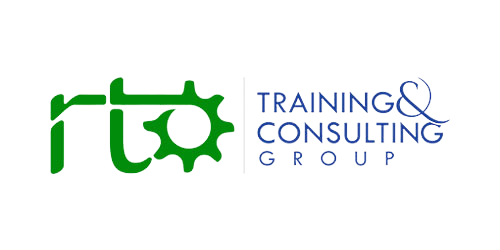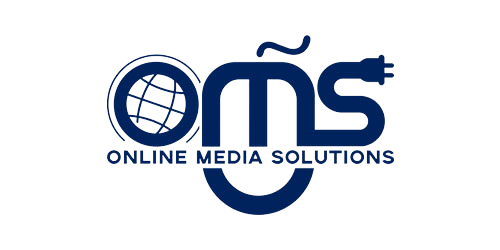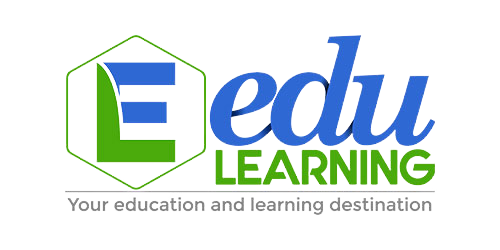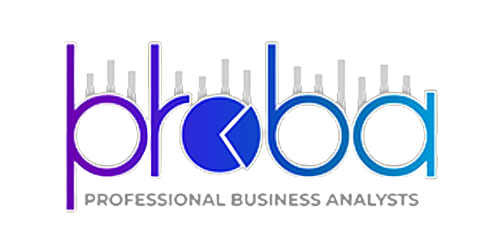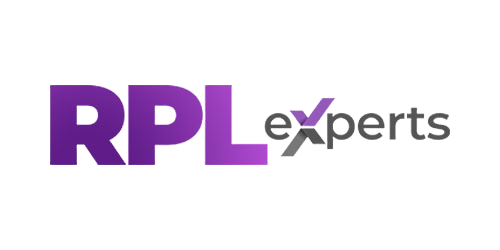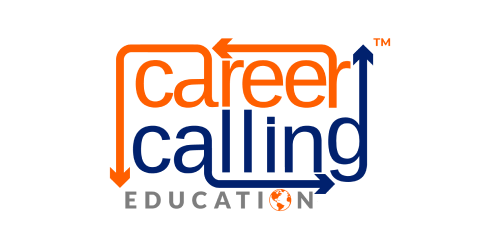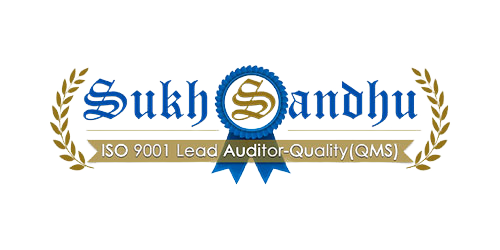Volatility is no longer a passing weather pattern in Australian VET; it is the climate. In the space of a few years, the sector has absorbed a wholesale reframing of the Standards for Registered Training Organisations, sharper statutory expectations around integrity and governance, a shift from form-based compliance to outcomes-based assurance, and a technological step-change driven by artificial intelligence, data, and automation. For leaders of Registered Training Organisations, the lesson is blunt. Resisting the storm exhausts you, but steering through it transforms you. I have spent three decades inside this system—as a practitioner, auditor, adviser, and advocate—and the organisations that thrive are the ones that convert disruption into discipline, uncertainty into foresight, and regulation into trust. This blueprint sets out how to do that in practice, so your RTO is not merely audit-ready, but future-ready.
The new era begins with the recognition that regulation today asks a different question than it did a decade ago. In the past, RTOs could often satisfy oversight through templated documentation, static policies, and retrospective evidence packs. Now, the Standards require you to show quality as it is lived, not as it is written: engagement that is visible in timetables and teaching artefacts; pacing and feedback that can be demonstrated in logs and learner files; assessment that is not just mapped to units, but reviewed before use, moderated during use, and validated with intent. The governance frame has shifted, too. Senior leaders are not spectators; they are accountable for setting cadence, managing risk, making transparent decisions, and ensuring third-party delivery carries the same integrity as delivery in-house. In parallel, the regulator has made clear that branding, marketing, certification, and student communications must leave no doubt about who the responsible RTO is, what is being delivered, and on what authority. None of this is cosmetic. It is the architecture of trust.
Legislative and policy reform have strengthened this direction of travel. Amendments and regulatory settings introduced through 2025 embed a deeper expectation that RTOs will build digital competence, steward data ethically, and protect learners’ interests in an environment where technology amplifies both opportunity and risk. That means secure, transparent credentialing and student records; clear policies for the use of AI in the learning and assessment lifecycle; stronger controls over the way providers and agents communicate with students; and governance that can adapt in real time when risks materialise or rules change. For some RTOs, these requirements feel like a load to carry. For leaders, they should feel like leverage: if you are able to show how your systems work while they are working, you lower your audit risk, improve your learner experience, and differentiate your brand in a market that increasingly rewards evidence, not promises.
Leadership under this regime is not an abstract concept—it is a rhythm. The most resilient organisations run governance like an operating system, not a meeting. They establish a ninety-day cycle where the executive team reviews risks, third-party performance, workforce credentials and currency, and the status of improvement actions arising from monitoring. They schedule program-level evidence reviews every quarter, so that engagement, pacing, assessment integrity, learner support, and industry influence are checked against real artefacts, not just asserted in policy. They require a six-monthly check on the suitability of governing persons and the clarity of roles, because role confusion is the seedbed of non-compliance. This cadence is not bureaucratic; it is cultural. When people know that leaders ask for evidence and act on it, quality becomes everyone’s everyday job.
The second habit of leaders who prosper is strategic foresight. You cannot script the future, but you can prepare for the possible. Scenario planning is the discipline that turns “what if” into “then what.” What if a training product you rely on is amended mid-year? Then what is your plan to freeze assessment versions for current intakes, re-brief staff, and transition cohorts without disadvantaging students? What if ASQA clarifies an interpretation on electives, branding, or third-party marketing that changes the way you have operated for years? Then what is your plan to audit your current practice, communicate changes to learners and partners, and lodge applications or updates so your legal authority matches your delivery? What if a major client asks for rapid customisation that requires imported units? Then what is your scope strategy, your resourcing plan, and your message to the client about timelines? Leaders who rehearse these moves in advance do not panic when the moment arrives; they execute.
Technology is the third pillar, and it is where many providers feel both excitement and anxiety. Artificial intelligence is already present in your classrooms and offices, whether you invited it or not. Learners use generative tools to draft, summarise, brainstorm and code. Trainers use AI to draft learning materials, build question banks, or plan lessons. Compliance teams use pattern-finding to scan data for outliers, anomalies, and trends. The question is not whether AI is used, but whether it is used ethically, safely, and transparently. Responsible leadership begins with policy. Define where AI is permitted in learning, where it is prohibited, and where it is permitted with disclosure; teach students how to acknowledge assistance without undermining their own authorship; and design assessments so that authenticity can be verified through observation, oral defence, workplace evidence and practical demonstration, not just through written submissions susceptible to machine drafting. In delivery and operations, ask hard questions of your systems. Does your LMS generate the artefacts you need to demonstrate pacing, feedback, and engagement? Do your assessment tools carry version history, pre-use review sign-off, and change logs? Can you surface the evidence of moderation, re-marking, and validation without a forensic reconstruction? If your answer is yes, AI becomes an amplifier of integrity. If your answer is no, AI becomes an accelerant for risk.
Data is the twin of technology. The regulator’s analytics capability has matured: AVETMISS submissions, USI records, enrolment and completion patterns, student transfers, complaints, and even marketing claims can be cross-referenced to build a picture of provider behaviour. In this environment, self-assurance is no longer optional. RTOs that wait for external scrutiny to reveal problems advertise that their control systems are weak. RTOs that discover, record, and remediate issues early and can show evidence of effectiveness tell a different story. They show that their systems work. That story repays itself many times over—in audit, in funding relationships, in employer confidence, and in student satisfaction—because it signals competence, not just compliance.
The most telling case studies I have seen in the past year have the same structure. A provider, operating in good faith, is caught by a change of interpretation or a training product amendment that collides with a current cohort. Instead of denying the issue or burying it in paperwork, the leadership team convenes a triage: classify the variance; assess the risk to learners and integrity; decide on proportionate remediation; implement a fix; and verify its effectiveness. Documents are updated, yes—but more importantly, delivery is adjusted, staff are briefed, learners are supported, and the improvement is captured in a register that the governance forum reviews. When an audit comes later, and it will, the variance appears in the provider’s own records as a closed loop with outcomes. In contrast, when leaders treat compliance as a back-office chore, gaps persist and compound. Findings pile up, not because staff are unwilling, but because the organisation has no muscle memory for finding and fixing.
Translating these principles into day-to-day practice begins with program design. If your training is engaging and well-structured in theory, it should be visible in the timetable, in the learning activities, and in the feedback cadence. Every program should carry a short design preface that answers simple questions plainly. Where does instruction happen, at what depth, and to what standard? Where do learners practice, for how long, and with what supervision? Where does feedback occur, in what form, and with what expectations for turnaround? Where and how are assessments observed, defended, or verified? Which parts of the design reflect current industry practice, regulatory requirements, or equipment standards? When this is explicit, trainers know what to do, learners know what to expect, and auditors can see structure in action, not just on paper.
Industry relevance needs the same discipline. Engagement is not a meeting; it is an influence. If employers, supervisors, or industry councils contribute advice, the impact should be traceable in the resources you use, the contexts you simulate, the equipment you purchase, and the assessment evidence you seek. Keep an impact log that connects the advice to the change, notes who approved it and when, identifies the cohorts it applies to, and links to the revised artefact. When your validation panels meet, put that log on the table so validators can test not only the tools, but the relevance of the changes. That is how you convert industry goodwill into quality outcomes.
Your workforce is your standard in human form. Under the 2025 settings, it is no longer sufficient to assume that trainers and assessors meet credential and currency expectations because they did so last year. Leaders must maintain a live view of who can do what, under what authority, and with which recent industry exposure. Keep a credential matrix that shows, unit-by-unit, who is authorised to deliver and assess, who is working under direction and by whom, and what evidence of recent industry competence and professional development sits behind each name. Use this matrix as a planning tool, not a compliance artefact: align rosters to competence, assign moderation across sites to spread capability, and target PD where your risk profile is highest. When you design validation cycles, choose validators who meet the credential policy and bring them artefacts that reflect the true conditions of assessment, not a curated ideal.
Risk management becomes meaningful when it is proximate to delivery. It is common to see risk registers that treat finance, OH&S, and compliance as separate silos while ignoring educational risk. Bring them together. If a program relies on placements, track sufficiency and supervision as risks with controls and triggers. If a delivery site operates in a high-risk industry, track incident reports, near misses, and assessor feedback as inputs to your validation schedule. If your online delivery has grown, track engagement drop-off points and support response times, and escalate when the pattern shows risk to progression or integrity. A leader’s role is to make these conversations normal, not exceptional, so that risk is discussed where it lives—inside programs and classrooms—not just in the boardroom.
Communication is the force multiplier that turns good intent into shared practice. In a sector where guidance can change quickly, clarity and candour prevent small problems from becoming trust issues. If you work with third parties, be explicit with students about who is who, who does what, and who issues certification. If you use dual branding, make the issuer unmistakable and explain the arrangement in writing. If you customise electives for employers, state clearly which units are available today, which are pending approval, and what will trigger a substitution if approvals are delayed. People forgive inconvenience when they are told the truth early; they do not forgive surprises.
Looking ahead, the regulatory arc is pointed firmly at predictive, proportionate oversight. Regulators are investing in systems that identify risk patterns earlier and expect providers to operate similarly—through internal dashboards that surface outliers, data that can be trusted, and improvement logs that show movement, not just meetings. At the same time, technology will keep pressing against the boundaries of assessment integrity and student support. The sensible posture is to treat these pressures as design problems. For assessment, ask what a competent person can do, and design tasks that require doing under observation, explanation under scrutiny, and evidence that resists outsourcing. For support, ask what a responsible provider should know about struggling learners, and build systems that surface that knowledge early, route it to humans who can help, and measure whether the help worked.
The question many leaders ask me, often in private, is simple: where do we start? Start with cadence. Put dates on the calendar for governance, evidence reviews, and validation, and keep them. Start with visibility. Choose one program and make its design, pacing, and feedback explicit; use it as a model to teach the habit. Start with truth. Audit your marketing and public information as if you were a student or an employer; ensure your scope, promises, and delivery match. Start with people. Teach your team why these things matter; show them how quality lowers stress by preventing crises; celebrate them when they find and fix problems. Momentum builds from small, kept promises.
My blueprint for leading through disruption rests on four pillars that reinforce each other. Strategic foresight keeps you scanning the horizon for waves that others do not yet see; it makes you a maker of weather, not a victim of it. A culture of integrity keeps your organisation honest about what is working and what is not; it invites auditors to confirm what your own controls already know. Operational readiness keeps your systems light, current, and responsive; it ensures that when change arrives, you bend, you do not break. Continuous renewal keeps you humble and hungry; it turns every finding into a lesson, and every lesson into a lift in practice. When these pillars stand, an RTO can face legislative reform, technology shock, and market change without losing its shape.
None of these demands heroism; it demands leadership. The leaders who will define Australian VET’s next decade will not be the loudest or the most indignant. They will be the ones whose organisations feel calm because the work is clear, the evidence is visible, and the decisions are timely. They will be the ones who treat auditors as external allies in a shared project of protecting students and the national brand. They will be the ones who sit with employers and say, “Yes, we can customise—and here is the timetable that keeps it compliant, current, and useful,” rather than the ones who over-promise and then scramble. They will be the ones who talk to learners about AI not as magic or menace, but as a tool to be used ethically and a reason to design learning that grows judgment and capability.
Every disruption contains an invitation. The invitation in 2025 is to build an RTO that does not fear the next rule change, software update, or audit window. Build one that shows its work while it works, one whose people know what good looks like because they helped define it, one whose partners trust it because it tells the truth early, and one whose students leave with skills that employers recognise and respect. If you do that, you will not only pass audits; you will earn something rarer and more valuable in a crowded market: confidence. That is what keeps ships safe when the weather turns. That is what turns storms into stories you are proud to tell.
